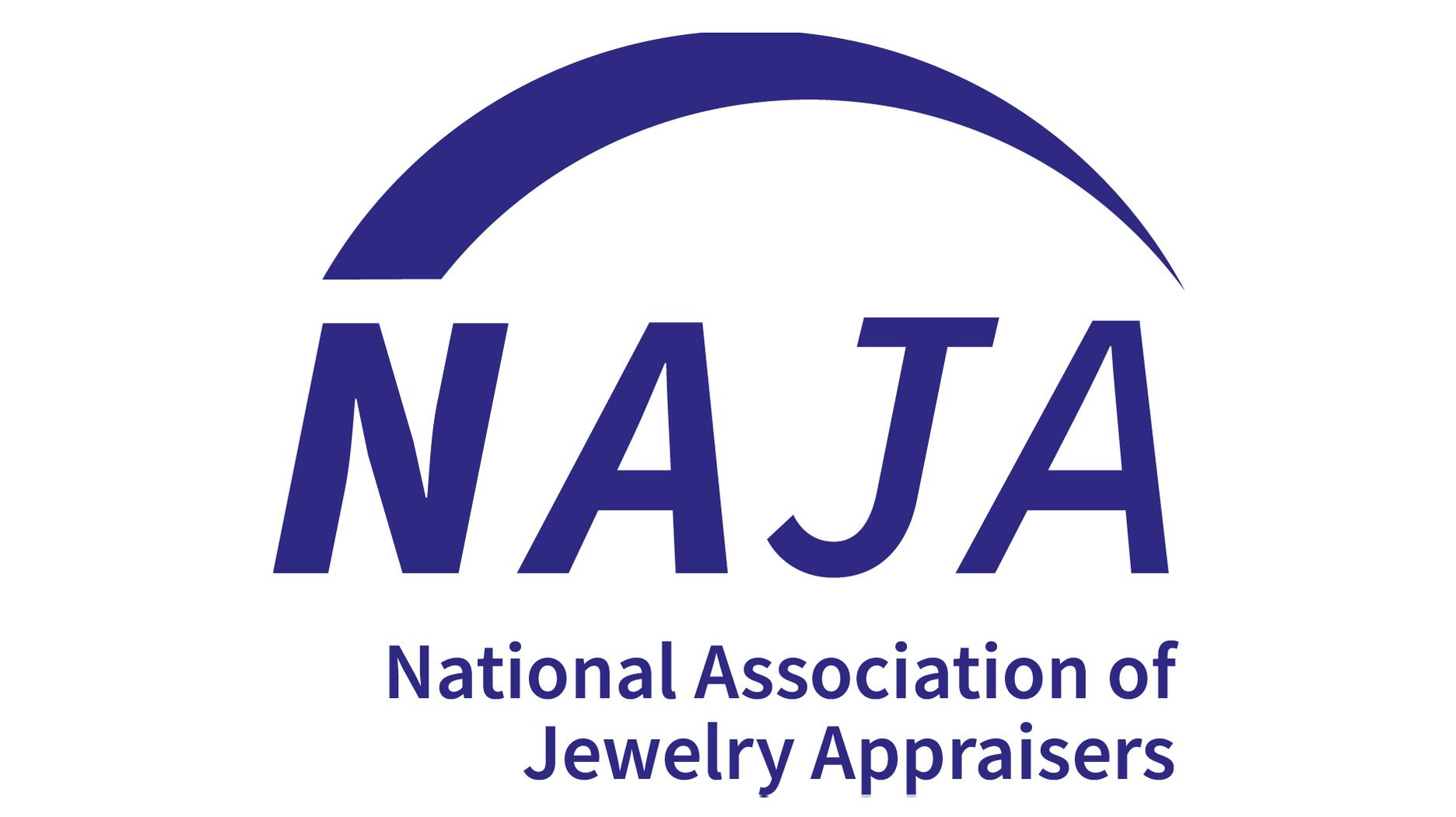The couple pleaded guilty to concealing at least $127 million in cash transactions at its precious metals businesses.
Gübelin Working to Create Blockchain for Colored Stones
The lab is partnering with Everledger to develop technology to trace stones from mine to market.

Lucerne, Switzerland--In an effort to create more transparency, Gübelin Gem Lab is partnering with a technology company to create a blockchain for colored stones.
The lab announced Tuesday it is working with emerging tech company Everledger to develop the program that will trace gemstones from mine to market, which it calls the first in the world of its kind.
The project comes as part of the lab’s Provenance Proof initiative, a long-term program designed to develop and provide technologies to the gemstone industry to make it more transparent.
“We have a deep belief that the level of transparency we have in the gemstone industry is not fit to fulfill the requirements that today’s critical consumers have,” Gübelin Gem Lab Managing Director Daniel Nyfeler told National Jeweler Tuesday.
“We as a gem lab believe that we have a certain credibility or at least some kind of tech savviness that puts us in quite a good position to develop technologies that can help achieve the goal of transparency.”
That already includes its “Emerald Paternity Test” and now, the creation of the blockchain.
A blockchain is a digital, decentralized ledger of transactions, which constantly grows as completed “blocks” are recorded.
Blockchain technology is secured using cryptography, which means that no one can tamper with the data once it has been recorded, and because the data is stored across its network, it eliminates the risk that comes with holding data centrally.
Everledger--which has experience building blockchain technologies for high-value goods, including diamonds--will design and build the required technical backbone for Gübelin’s Provenance Proof Blockchain.
The technology will engage any and all parties involved in the lifecycle of a gemstone. It can be applied to every colored stone.
The blockchain Everledger is building, expected to launch within the next six months, is a “digital look book,” Nyfeler said, with each gemstone having its own log of information.
RELATED CONTENT: Analysis: The State of the Colored Stone MarketIt will aim to track a stone as early in the supply chain as possible and will build a record of each individual rough gemstone. The owner or custodian of the stone is then entitled to contribute certain information to the “look book”--as well as see certain formation--through to, and including, the end consumer.
“Overall, you get a kind of complete history of that stone,” Nyfeler said.
They are designing it to be easy to use on the front end.
Nyfeler said
When asked about possible barriers for use for artisanal miners, he said the cost to use the blockchain technology is very small: “It’s indeed something that should function with the guy who is sitting in the small-scale mining, as long as he has a smartphone and is willing to give transparency on what he’s doing.”
While it is designed to give supply chain transparency, it wouldn’t be able to stop someone from swapping a mined stone for a synthetic or treated stone somewhere along the way.
“But the good thing is that once it gets detected, you can basically trace it back and most likely find the place where something went wrong,” Nyfeler said. “That’s due to the fact that the blocks are immutable.”
This is also why the lab believes that the blockchain paired with the emerald paternity test provides an “extremely powerful package.”
“The combination of something physical with something digital, we believe, really takes a step forward in our overall attempt to bring more transparency to our industry.”
The paternity test, launched at Baselworld 2017, makes emeralds completely traceable by applying DNA-based nanoparticles directly onto the rough crystals at mining sites.
The lab wants to expand the technology, or something similar to it, to all gems.
Nyfeler said the current type of nanoparticles they use on the emeralds can also now be applied to pearls and Paraiba tourmaline.
The lab is developing other solutions, likely also based on nanoparticles, for rubies and sapphires, though they are only at the lab trial stage for those now.
“We want to develop the technologies that, again, is something physical, that we add to the stone or write in the stone, something that is invisible and that becomes part of the stone and can be retrieved or read at any late stage.”
Since the investment required by anyone interested in the paternity test is quite large, Nyfeler said the lab also is partnering with a consultancy company in the artisanal mining sector on a project to see how the technology can be applied in such an environment.
The Latest

Consumers shared concerns about prices, inflation, tariffs, trade, and politics in the survey’s write-in response section.

In February 2026, the auction house will move its headquarters to the former Steinway Hall, a neoclassical landmark on Billionaires’ Row.

How Jewelers of America’s 20 Under 40 are leading to ensure a brighter future for the jewelry industry.

The new show will take place Jan. 23-25, 2026.


The LVMH-owned brand has partnered with the costume design union to revamp its award for 2026.

The luxury titan inked a deal to acquire an initial minority stake in the jewelry manufacturer with a pathway to full ownership by 2032.

Roseco’s 704-page catalog showcases new lab-grown diamonds, findings, tools & more—available in print or interactive digital editions.

The company’s curation of unsigned vintage and estate jewelry debuted at the Bloomingdale’s in Costa Mesa, California.

In the recent multi-shipment seizure, CBP also found counterfeit Audemars Piguet, Moncler, and Chrome Hearts items.

Helzberg’s Chief Retail Officer Mitch Maggart shared details about its tests of a new store concept rooted in an elevated luxury experience.

Jewelers of America execs and National Jeweler editors discuss tariffs, the sky-high gold price, and the engagement that broke the internet.

The luxury goods company said founder Ippolita Rostagno will remain at the brand’s helm.

Laura Burdese, who joined the Italian luxury brand in 2022, will take on the role in July.

The National Jeweler editors revisit the most noteworthy industry happenings and design trends from 2025.

Need a gift for the cat lover who has everything? Look no further than our latest Piece of the Week.

It purchased the “Grosse Pièce,” an ultra-complicated Audemars Piguet pocket watch from the ‘20s, for a record-breaking price at Sotheby’s.

The lab-grown diamond grower now offers custom engagement and fashion jewelry through its Kira Custom Lab Jewelry service.

Chandler got his start at Michelson Jewelers and has served as DCA president and CEO since 2001. He will retire at the end of the month.

The boutique is slated to open this week inside Terminal 8, offering pre-owned Rolex watches and more to international travelers.

Sponsored by Digital Monitoring Products

The special-edition egg pendant ingested in a New Zealand jewelry store was recovered after a six-day wait.

Associate Editor Natalie Francisco plays favorites with Piece of the Week, selecting a standout piece of jewelry from each month of 2025.

The “Love and Desire” campaign is inspired by the magic that follows when one’s heart leads the way, said the brand.

Two awardees will receive free tuition for an educational course at the Swiss lab, with flights and lodging included.

Berta de Pablos-Barbier will replace Alexander Lacik at the start of January, two months earlier than expected.

Sotheby’s held its first two jewelry sales at the Breuer building last week, and they totaled nearly $44 million.



























